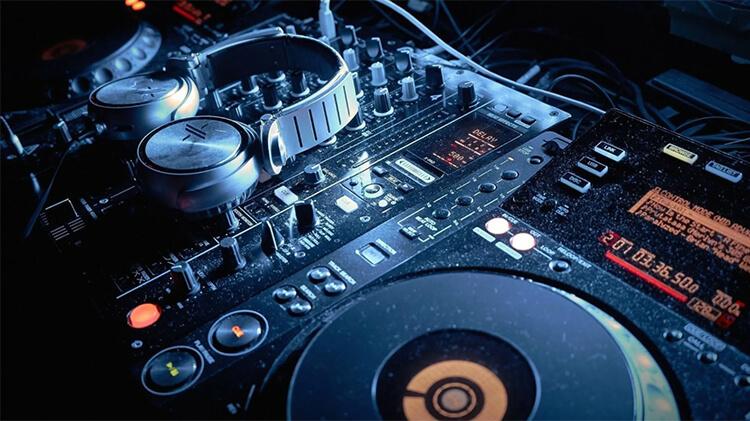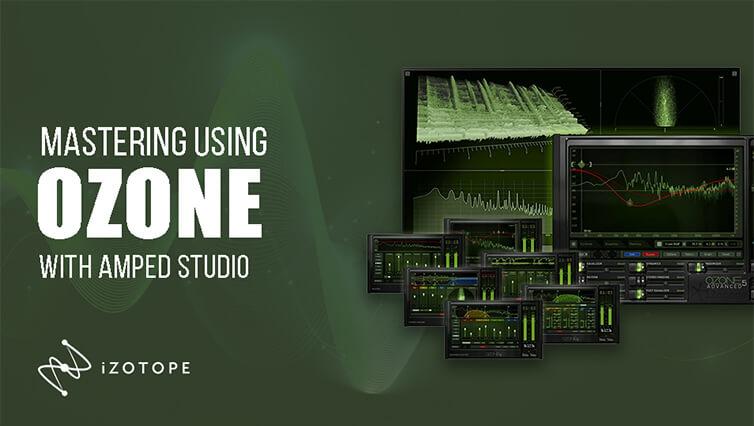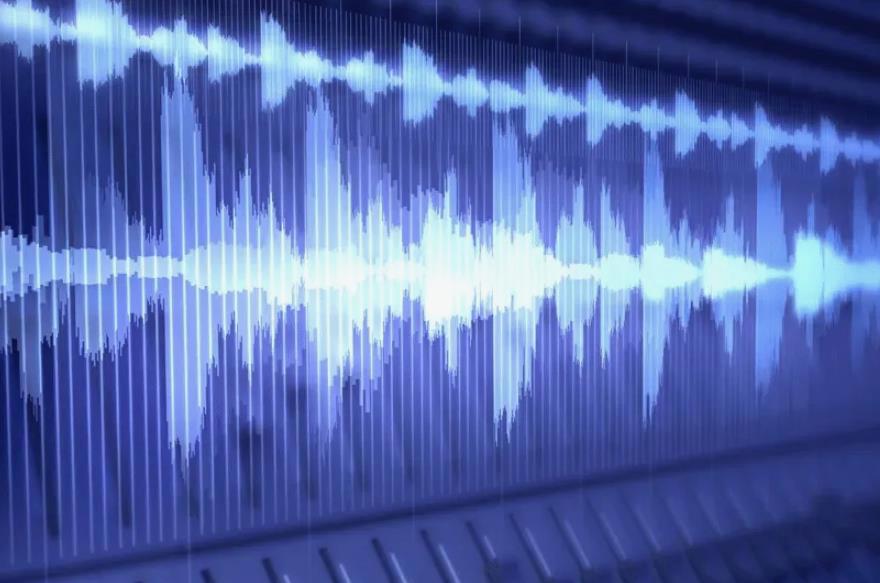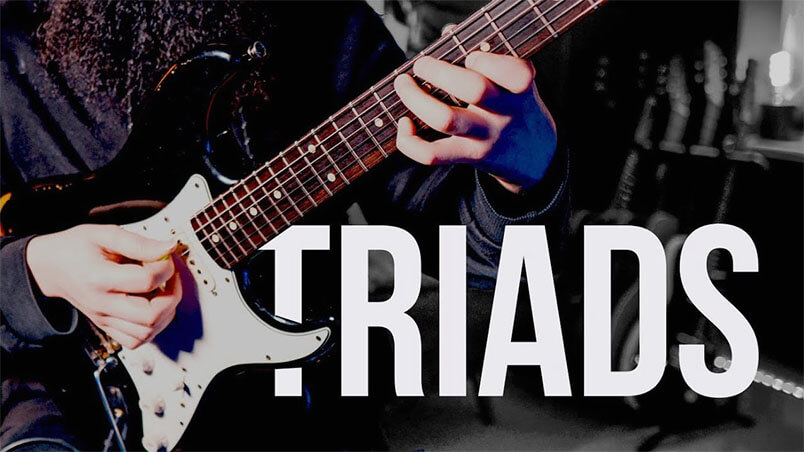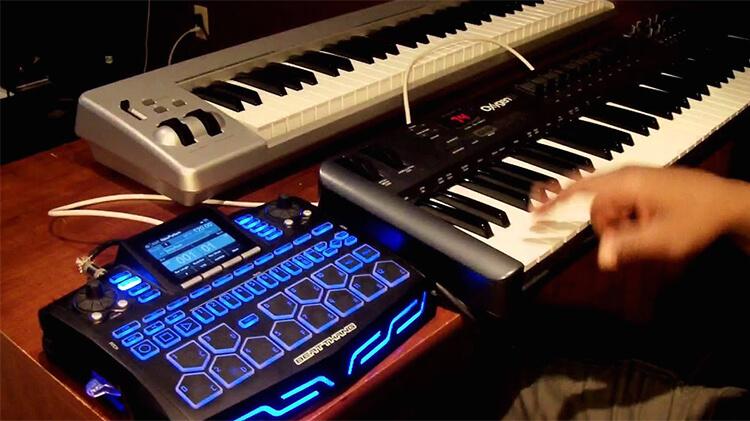Dynamic Equalizers
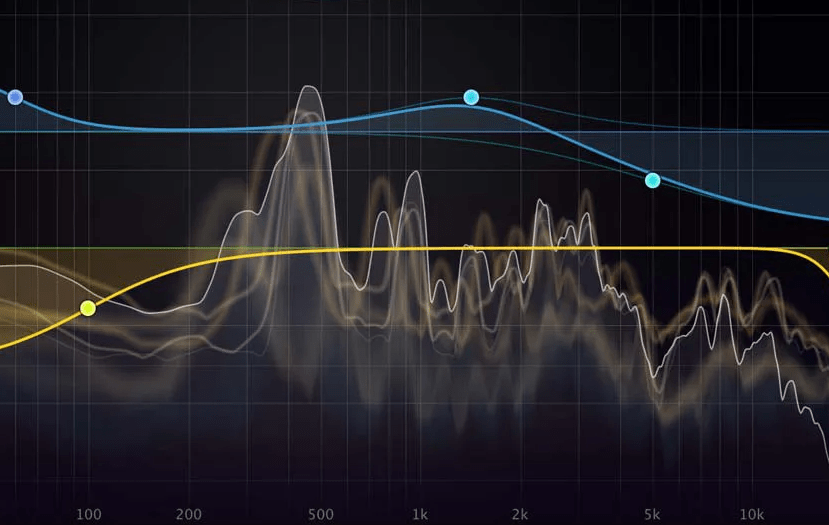
Dynamic sound processing is one of the most popular and can admit it is an integral part of the modern music production process, audio engineering, sound design. Dynamic processing is mostly used to simplify the process of changing the volume of different sections of the signal. This processing can also be done using volume automation. However, in some cases, it takes too long. Therefore, it is not appropriate.
Music producers are equipped with a set of main dynamic processing tools to achieve their audio goals :
- compressor;
- transit shape;r
- limiter;
- maximiser;
- gate;
- deesser;
- depopper;
- dynamic EQ.
Let’s have a closer look at a dynamic EQ. Dynamic equalization is the combination of the equalizer and compressor functions. That is really a smart tool that allows to ease some processes and is widely used in modern mixing techniques. Realized in various parametric EQ plugins on the base of its functionality with adding a function of a sidechain. That allows frequency band level of one audio to be trigged by the frequency band of another audio. With normal equalization, you select the appropriate frequency, frequency detec-tion, or violation detection. This way you only define a specific frequency range, to a specific dB value. With dynamic equalization or a violation of heredity, unevenness occurs in different periods of time.
It depends on the signal strength of the selected frequency band at a given time.
Dynamic equalizers are adjusted so that a signal of a certain frequency is attenuat-ed only if its level exceeds a set threshold. The higher the signal level of the selected frequency, the stronger its attenuation. But in some plugins, there can be particular differences. For example, when in one plugin for example the threshold is exceeded, the signal is amplified, and in another plug-in, it is attenuated.
Generally, when mixing or mastering, a static EQ adjustment works very well. But sometimes using a dynamic EQ can be the key to solve specific frequency problems or bringing out certain elements in a mix. For example, you can use a dynamic EQ to increase the brightness of a bass drum or the clarity of a hi-hat in a drum track by highlighting or suppressing only the transients. Dynamic equalizer dynamically changes the gain of an equalizer band depending on the level of the input signal. This allows for subtle and surgical adjustments similar to a multiband compressor, but often in a more intuitive and easy-to-use manner.
When to use dynamic EQ
Typically, dynamic equalization is used in such cases:
- Resonance Removal. Using conventional EQ, removing resonances on one chord can result in removing useful frequencies on another. To prevent this from happen-ing, the resonance is removed dynamically. Deletion of the selected frequency occurs if the level exceeds the specified threshold;
- Eliminate unwanted overtones;
- Dynamic equalization;
- Vocal processing. Often used in work with vocals to reduce hissing and booming sounds.
Among most popular dynamic EQs can highlight:
- Izotope Ozone 7;
- Brainworx bx_DynEQ V.2;
- Voxengo GlissEQ;
- Fab Filter Pro-Q3;
- TDR Nova.
All equalizers mentioned above are realized in stand-alone and VST ver-sions.
A VST versions of a plugin is compatible with Amped Studio. All you have to do is to follow this link, download and install a VST remote on your computer, and then you are good to go to operate with any VST installed on your computer within Amped Studio app.
Enjoy and happy mixing!


